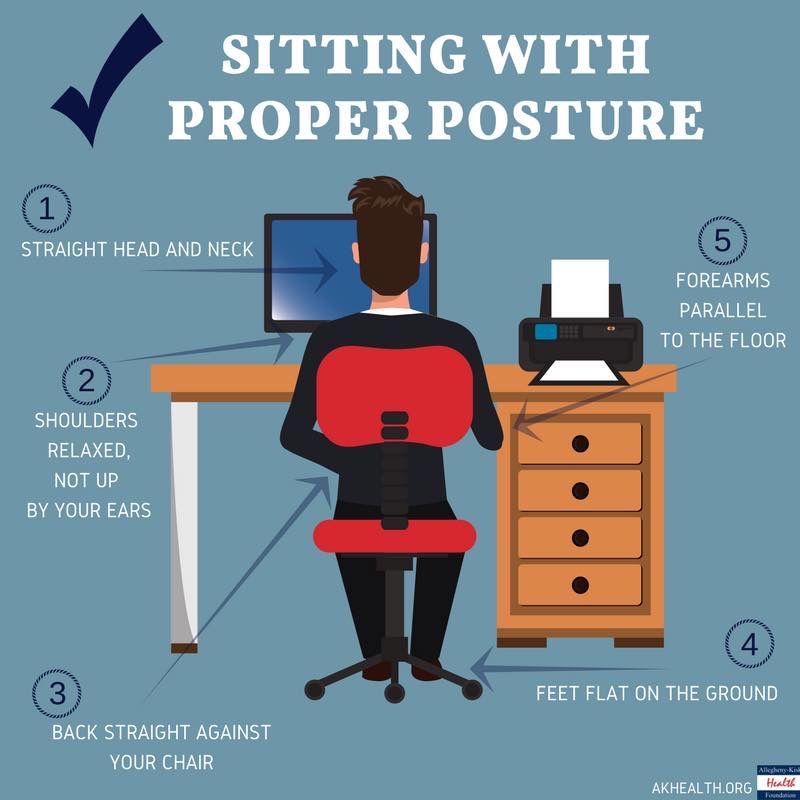According to a Georgetown University survey, 65 million Americans have struggled with a recent episode of back pain, with 16 million adults facing persistent or chronic pain. While back, neck, and shoulder pain can be caused by a number of factors, sitting at a desk for eight or more hours a day hace become a growing problem for many Americans.
But if sitting for work is unavoidable, following these tips can help to keep back pain at bay.
1. Try a Lumbar Support Pillow
Using a lumbar support pillow can help to reposition your body against the back of your chair, offering much-needed support for your lower back while you sit. However, make sure you position the pillow properly on your chair, according to the specific instructions that came with the pillow and the type of chair you’re using. The pillow should rest comfortably on your lower back, and does not always sit at the very base of your chair.
2. Use Armrests When You Can
Armrests help to support your shoulders and neck and keep you seated in a better posture while at your desk and using a mouse or keyboard for long periods of time. As a general rule of thumb, your elbows should be at a 90-degree angle with the surface of your desk.

3. Alternate between Sitting and Standing
You might have heard the phrase that “sitting is the new smoking,” pointing to a growing problem with many Americans sitting for long periods of time during the workday. While standing for part of the day can certainly help you combat this problem, you don’t want to stand for eight hours straight, either.
If you can, invest in a sit-to-stand desk or computer stand for your desk so you can alternate between the two positions throughout the day.
4. Adjust Your Monitor
The top of your monitor should be at or just below eye level so that you’re looking slightly downward at your screen. If you notice that you’re sitting with your head tilted upwards, causing pain at the base of your neck and shoulders, your monitor is probably too high.
5. Take a Break
Sure, stepping away for a break from work is easier said than done, right? But this doesn’t have to be a long, drawn-out break. Getting up for a few minutes to stretch or, even better, take a quick walk around the office, can help you stretch out your muscles and give your body – and eyes – a much-needed break from staring at your screen.
Bottom Line
It’s easy to get caught up in the busyness of the day and forget to take care of your body. A few minutes of stretching here and there and some inexpensive investments like a lumbar support pillow can help to keep you comfortable, both during and well after your workday.






